GiGaBiTe
Veteran Member
You'll need some low melt solder like Cerrobend or Chipquik and a hot air tool set to a really low temperature to not melt the connector getting it off.
| VCF West | Aug 01 - 02 2025, | CHM, Mountain View, CA |
| VCF Midwest | Sep 13 - 14 2025, | Schaumburg, IL |
| VCF Montreal | Jan 24 - 25, 2026, | RMC Saint Jean, Montreal, Canada |
| VCF SoCal | Feb 14 - 15, 2026, | Hotel Fera, Orange CA |
| VCF Southwest | May 29 - 31, 2026, | Westin Dallas Fort Worth Airport |
| VCF Southeast | June, 2026 | Atlanta, GA |
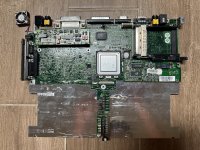
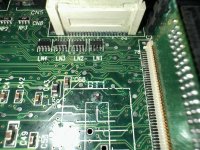

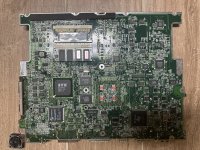
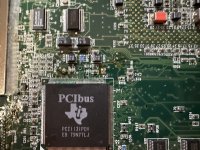
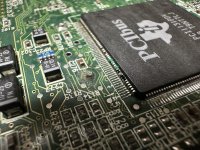
Not much, I just like weird old laptops.
What’s funny about this model as well is that I went and dug CTX’s documentation out from the Wayback machine and they never mention an AMD K6 once. They say these were pentium laptops. Yet the only other working unit I’ve seen of these, also on eBay but much more expensive, is also a K6. Wonder what the disconnect there is.
We’ll both used socket 7 so that certainly is a possibility.
Yeah that would be nice. And yeah the rebadging was nuts. I’ve been looking all far into that for research for my website documenting this stuff.
I’m pretty sure sager wasn’t the original manufacturer of their laptops either or am I wrong? I thought Clevo made them, and the alienwares.
